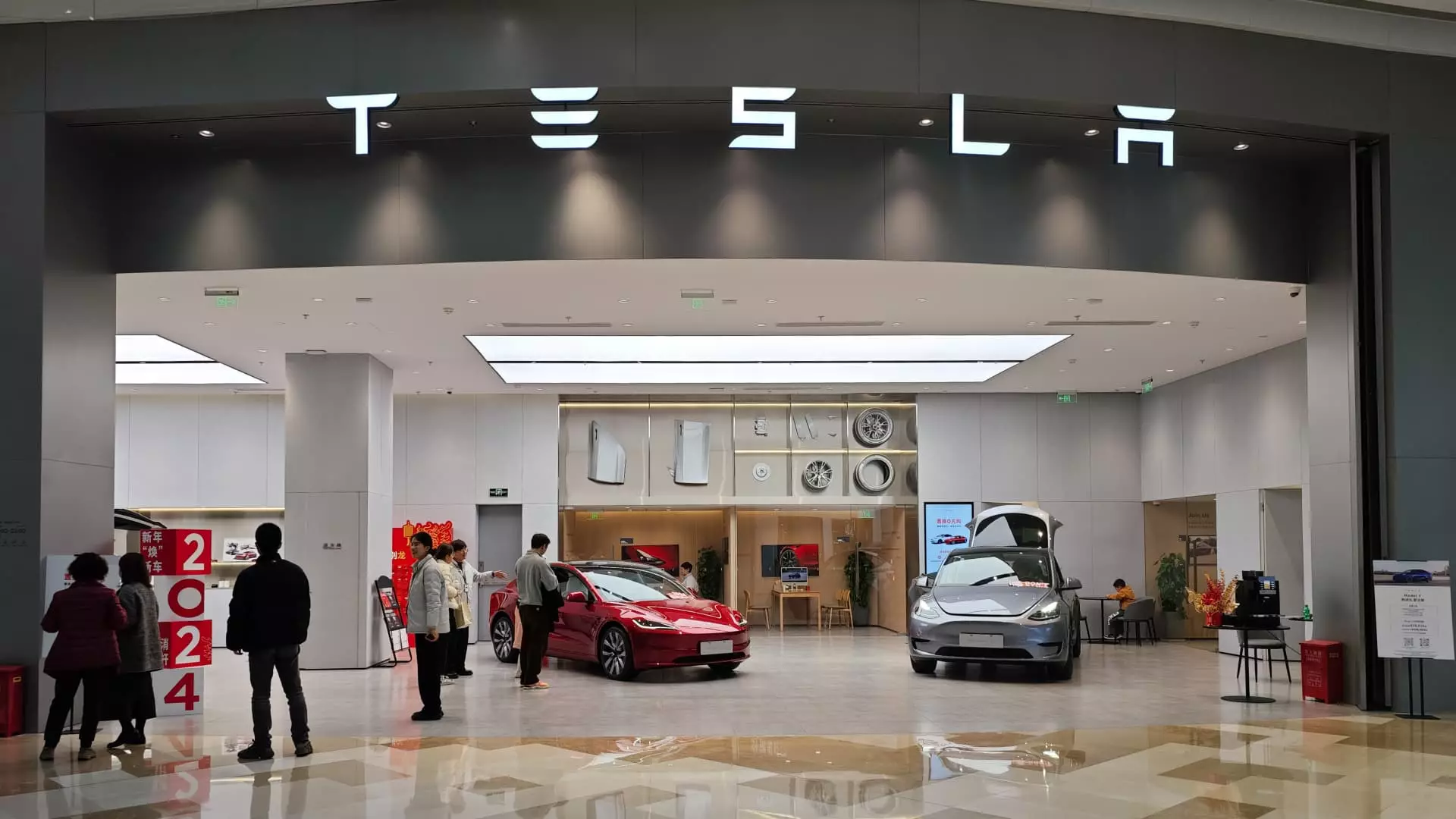The recent news of Tesla’s progress towards launching its advanced driver-assistance feature in China has stirred up a significant amount of excitement among investors. However, according to Mark Hawtin, the investment director at GAM Investment Management, the hype surrounding Tesla’s Full Self Driving (FSD) service may be exaggerated. Hawtin believes that the expectations for Tesla’s FSD in China are misleading, as the technology does not offer full autonomous driving capabilities, contrary to popular belief.
While Tesla’s announcement of overcoming regulatory hurdles in China led to a surge in its stock price, Hawtin reminds investors that Tesla’s FSD is essentially an assisted-driver capability, similar to what is already available in the U.S. and U.K. It is crucial to differentiate between assisted driving systems and fully autonomous driving technology before jumping to conclusions about Tesla’s capabilities.
Realistic Timeline
Despite the excitement surrounding Tesla’s progress with FSD in China, Hawtin suggests that achieving true autonomy with Tesla’s FSD technology may still be five to 10 years away. The current version of FSD falls into the category of Level 2 autonomy, which requires the driver to remain present and in control of the vehicle at all times. This distinction is essential in understanding the limitations of Tesla’s current technology.
In addition to Tesla, there are several other companies vying for market share in the autonomous driving space in China. Hawtin points out that Tesla’s reported partnership with Baidu may have more immediate benefits for Baidu than for Tesla. Companies like BYD, Huawei, Xpeng, Li Auto, and Xiaomi are all in the race to provide advanced autonomous driving technology, creating a highly competitive landscape in China.
While Tesla’s roadmap for bringing FSD to China has generated significant interest from investors, it is important to temper expectations and understand the current state of the technology. Tesla’s collaboration with Baidu and its efforts to navigate the regulatory landscape in China are positive steps, but achieving true autonomous driving capabilities will require further advancements and technological breakthroughs. As the market for autonomous vehicles continues to evolve, Tesla will need to stay at the forefront of innovation to maintain its competitive edge.
While Tesla’s progress with FSD in China is a significant milestone, it is essential to approach the news with a critical eye and an understanding of the technology involved. Investors should be cautious of hype and speculation, and instead focus on the real implications of Tesla’s advancements in the autonomous driving space. With fierce competition and long-term technological challenges ahead, Tesla will need to continue pushing the boundaries of innovation to deliver on its promises of fully autonomous driving in the future.



Leave a Reply